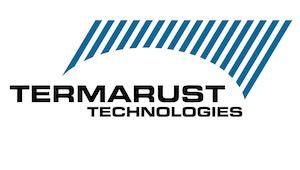Reduce refurbishment costs by 47%
(3 coat system original bid: $6.4m. HRCSA single coat system: $3.6m and a full season less.

Savings in time and money for having chosen the HRCSA single coat system for overcoating.
Coatings Applicator Glavin Coating
Mr. Matt Glavin Phone: 226.421.2442
Consulting Engineer: www.tulloch.ca
Mr. Alvin Olar 705.971.1457
Long Term Color Retention (Sea coast bridges)
Case Study: Patullo Bridge
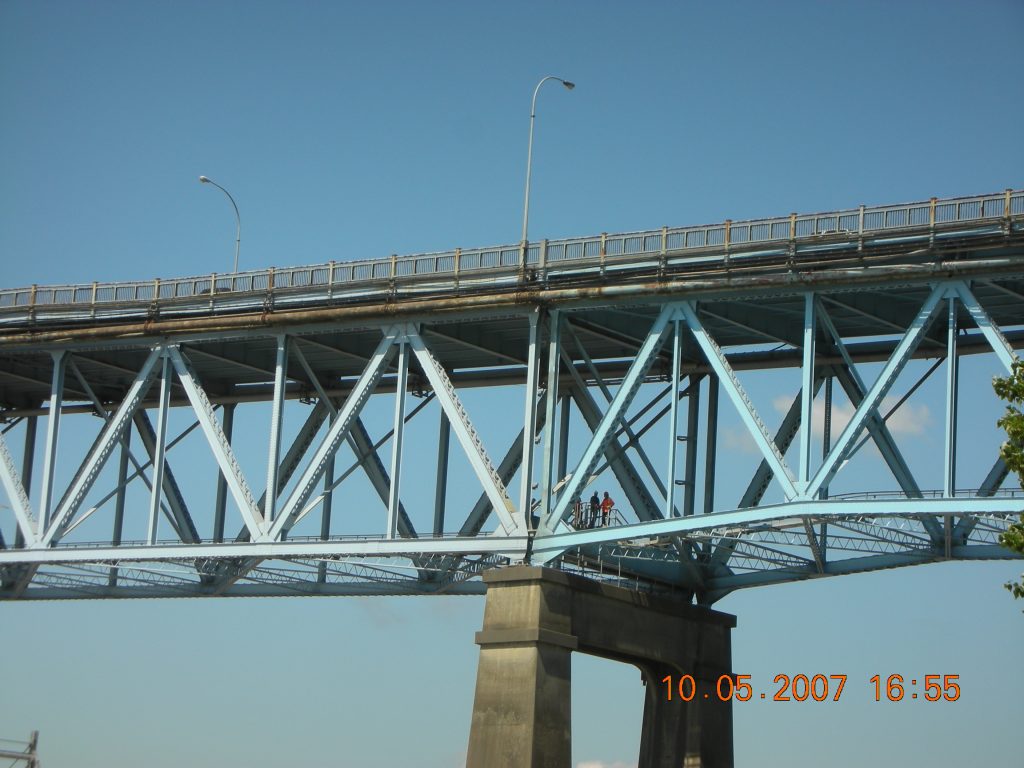
Left-hand side: Zinc-Epoxy-Urethane (ZEU) Right-hand side: HRCSA
After 5 years, the ZEU is chalking and fading. the HRCSA is not
Coatings Applicator www.norlag.ca
Mr. Mike Tunack. Phone: 514-694-7061
Consulting Engineer: www.stantec.com
Mr. Reed Ellis 780-917-7117
The reason the asset owner switched from ZEU to HRCSA midway through the project was that the coatings supplier’s ZEU system was unable to live up to it’s written mitigation warranty where joints and connections had been painted and were bleeding rust.
After the switch, HRCSA was used to paint the balance of the bridge AND all joints and connections on the ZEU side to stop the rust bleeding at the connections. This bridge over brackish water exhibits not corrosion at the connections 14 years later.
Case Study: Zanardi Rapids Bridge – Sea coast reclamation project 1992
Case Study: Chief Peguis Bridge (HRCSA Color Retention)
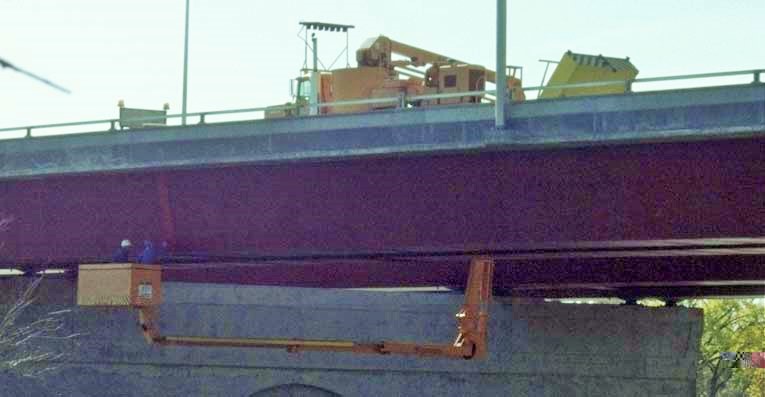
In 1993, the city of Winnipeg applied color-matched HRCSA to a connection where ZEU coating was failing.
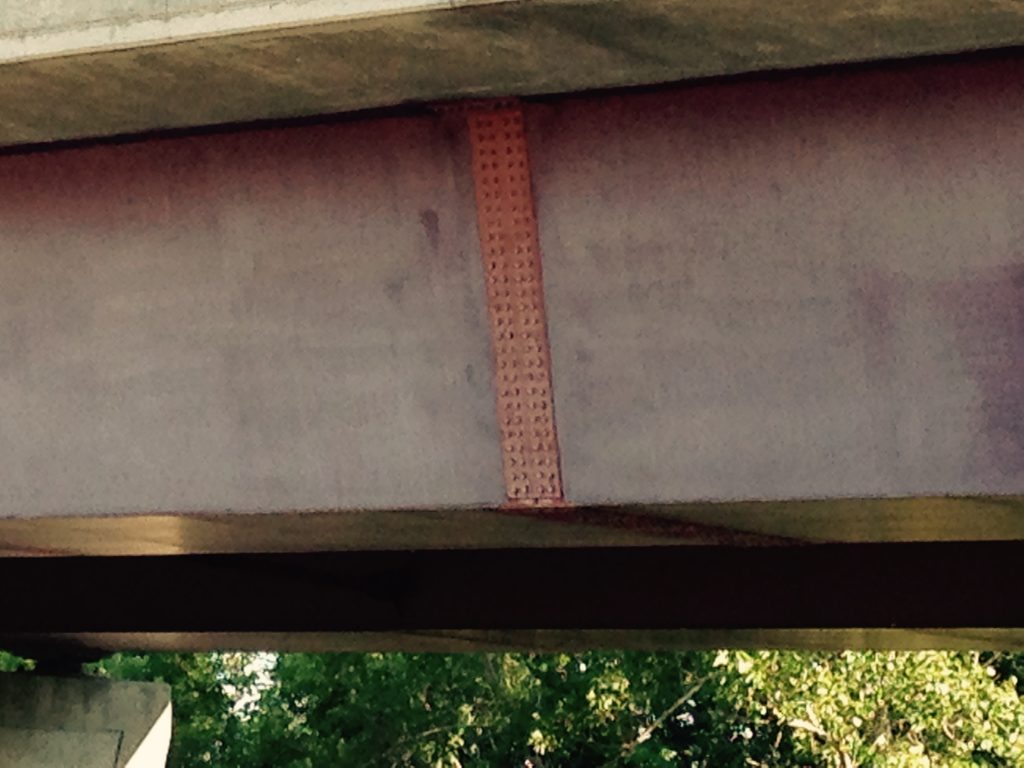
This photo taking in 2016 and is a good example of how HRCSA color retention provided a better long-term color retention than the ZEU system which is fading and chalking. Additionally, notice there is no rust bleeding from the bolts and plate.
Crevice Corrosion and Pack-Rust
Case Study: Edmonton High-Level Bridge: 22 years of 23,000 linear feet of crevice corroded and pack-rusted joints and connections (most in excess of 2″ / 5 cm)
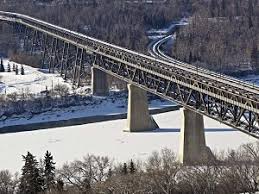
Much has been written about the performance of HRCSA on the Edmonton High Level Bridge. The following Paintsquare article and SSPC video tell the story in a detailed way.
SSPC Bedeviled Bridges: An answer to a national scandal.
SSPC Bedeviled Bridges Article
Coatings Applicator https://www.parkderochie.com
Mr. . Phone: 514-694-7061
Consulting Engineer: www.stantec.com
Mr. Reed Ellis 780-917-7117
Inspector Glen Hollins
US National park after 15 years – no microcracking at the connections.

HRCSA after 10 years – no rust bleeding
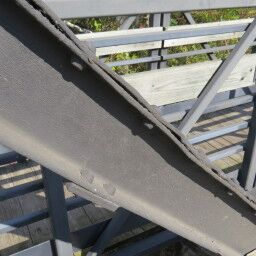
Case Studies (Cost Savings):
Case Study: Route 778 e Middle River in Augusta County, Virginia 2005
Case Study: C&O Canal, Williamspot, Maryland 3 year update.
Case Study: Anchor Bolts on the Sycamore Street Bridge.
Deployment Time Reductions
On this 65 foot long, 6 girder bridge, the crew was able to perform a SSPC WJ4 High-Pressure Water Cleaning (HPWC) from one end to the other before applying one-coat HRCSA from end to end on their return pass. It took only 6 days to prepare the surface and coat the entire superstructure as oppose to the original engineers estimate of 30 day using a standard multi coat barrier system.
Case Study: Thruway bridge over the CSA railroad, at Mile Post 156
Brilliant Containment Ideas:
Case Study: Lancaster Country Bridge
Case Study: Bollman Bridge over the C&O Canal
Case Study: Route 778 over the Middle River, Augusta county, Virginia 2005
Case Study: Virginia DOT Truss Bridge on Route 778
Risk Mitigation: Zone Painting
Where a structure’s load capacity is threatened by out of plain bending caused by pack-rust / budgets are tight /aesthetics not a concern, ZONE PAINTING structure critical areas such as connections, joints, bearings is a proactive way to chemically stop this type of corrosion from tearing your bridge apart.
Case Study: Arlington Bridge Zone Painting 1992
Case Study: PA Turnpike 10 years
Note: The success of the PA Turnpike bridge cannot be overstated. At the time when HRCSA was applied as a “Last Resort Effort”, the Turnpike authorities had applied the material hoping to avoid structure critical failure between then and 5 years later when the bridge was slated to be replaced. HRCSA was so effective at chemically stopping structure critical corrosion that the bridge is still being used to this day. The crevice corrosion remains chemically neutralized to this day – completely removing the threat of load downgrades or risks of bridge collapse.
